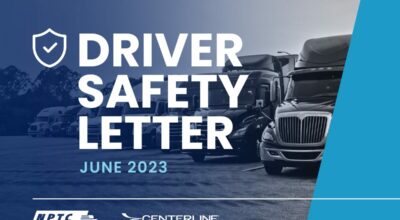 Safety Letter
Safety Letter
NPTC Safety Article- June 2023 -Fighting Human Trafficking
To help combat the human trafficking epidemic, the FMCSA launched its new human trafficking awareness campaign— “Your Roads, Their Freedom.” As a driver, if you notice something, trust your instincts.